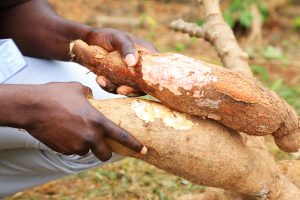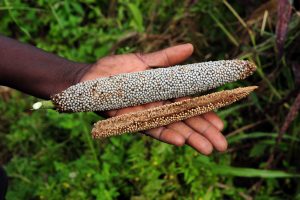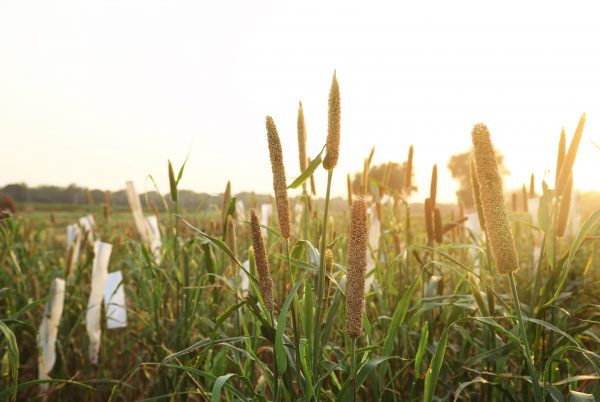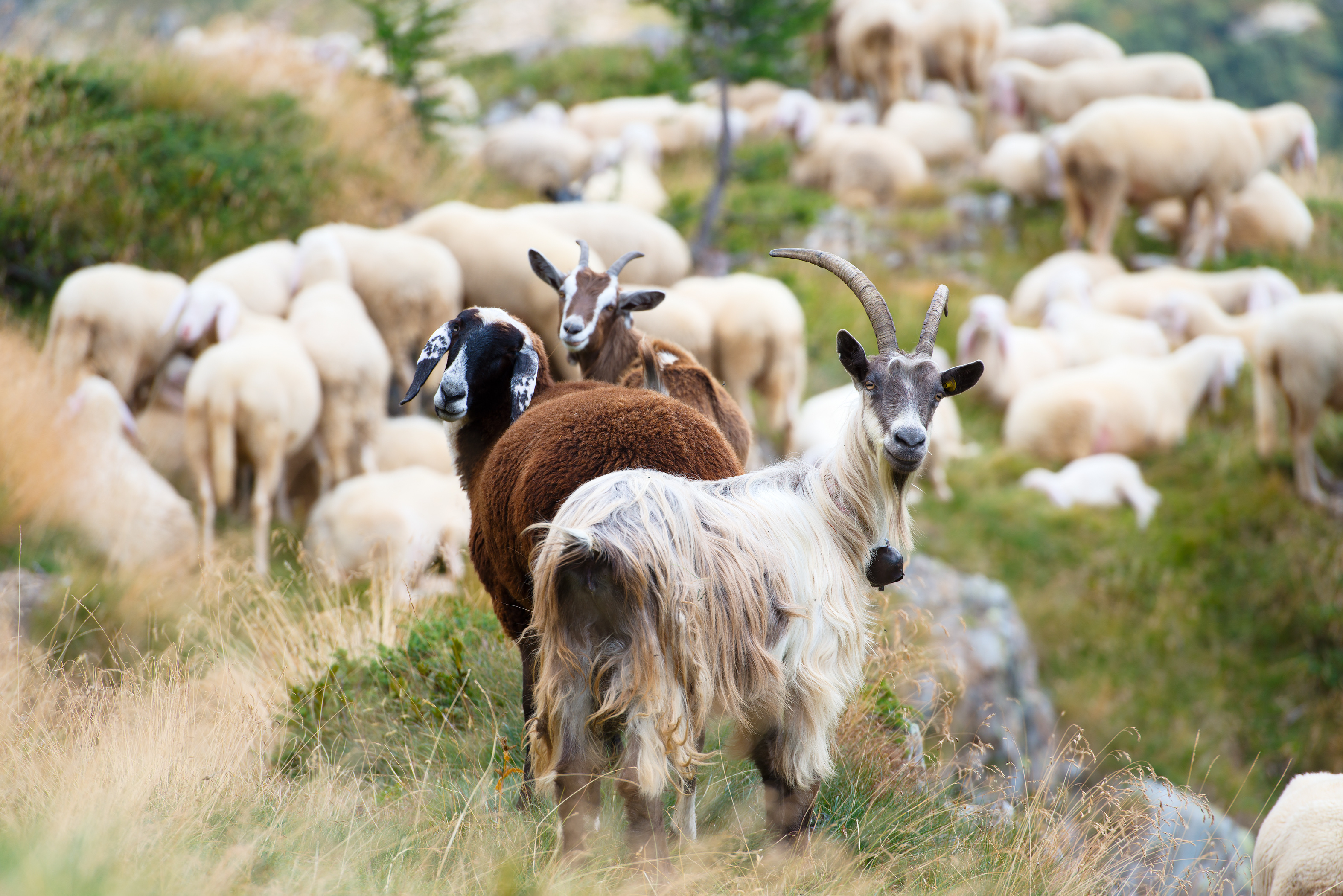Three foods that can beat the heat this summer
16.07.2020
Last summer, Europe and North America experienced some recording-breaking high temperatures. In many parts of the world, however, 40°C is actually not that unusual. Thankfully, we can modify our environment with fans and air conditioners to make the heat a bit more bearable. But still, we all suffer when those summer heatwaves hit.
It’s a similar story for the crops and livestock we eat. They have their ideal temperature ranges. Too much heat upsets that equilibrium. Certain internal processes begin to break down with every degree beyond that comfortable threshold. Often, a plant’s maturation and reproduction cycles are compromised, resulting in reduced quality and quantity of yield or total crop failure. Livestock have the same problem. Yet plants and animals can’t march into their nearest supermarket and ask for sunblock or a cooling unit to avoid the scorching sun.
Agriculture is forced to adapt or face the consequences, but adaptation doesn’t happen overnight. It takes years. Meanwhile, extreme weather events like these heatwaves are expected to become more frequent and intense. Business as usual is simply not good enough.
Fortunately, scientists – including many of our Food Forever Partner Organizations – are already busy trying to identify and better understand the foods that can naturally beat the heat. While we humans seek shelter, these three foods stand out as durable and resilient in a world with rising temperatures.
Cassava

Known by many names, cassava (or manioc or mandioca or yuca) is a staple crop across tropical areas. People who live outside these particular regions of Asia, Africa and Latin America are perhaps more familiar with its popular product – tapioca pudding. Cassava can also be used as a flour, sweetener and even as a laundry starch.
All of these products are made from the crop’s hardy roots. Cassava’s roots can thrive despite poor soil conditions, drought and high heat. Some cassava varieties can withstand temperatures up to 38°C. Even when temperatures fall outside of cassava’s ideal temperature range it will only show minimal decreases in yield. That tolerance to heat explains why nearly half a billion people depend on cassava.
Food Forever partners at the International Center for Tropical Agriculture (CIAT) and the International Institute of Tropical Agriculture (IITA) maintain international collections of Latin American and African cassava diversity. In both centers, crop scientists are working to identify potentially valuable traits specific to each variety, such as a higher resistance to heat or disease, and make this diversity available for use on a larger scale.
Pearl Millet
 Like cassava, pearl millet is known for its versatility and durability. In West Africa and Asia, the grains are consumed in all sorts of foods. It can be found prepared as rice-like grains, in porridge or even in beer. Pearl millet can often replace wheat or rice in certain dishes, and animals can feed on the leaves and stem for fodder too.
Like cassava, pearl millet is known for its versatility and durability. In West Africa and Asia, the grains are consumed in all sorts of foods. It can be found prepared as rice-like grains, in porridge or even in beer. Pearl millet can often replace wheat or rice in certain dishes, and animals can feed on the leaves and stem for fodder too.
Of all the major cereal crops, pearl millet is most tolerant of extreme temperatures and drought. It can still produce a reliable harvest if there are heat waves up to 42°C. Because of that tolerance, it can take the place of crops like wheat, rice and maize that cannot survive in hotter, drier climates. In the Sahel region of Africa, for example, farmers often grow pearl millet instead of sorghum during the hottest summer months.
Because pearl millet is such a promising crop for a changing climate a global team of 65 scientists from 30 research institutions worked to decode and sequence the pearl millet genome. Identifying markers for heat tolerance and other climate-resilient traits will enhance breeding efforts for this crop and other dryland cereals that could impact food security for millions of people in arid and semi-arid regions.

Goats
Animals can beat the heat too!
Goats are particularly adept at adjusting to survive in a range of adverse climates and are less susceptible to heat stress than other livestock like pigs, sheep and cattle. Local breeds are well adapted to their specific environments and are particularly valuable in dry areas, where they can be reared on marginal land and still produce high quality milk and meat.
Local breeds, however, are typically owned by small-scale farmers or nomadic pastoralists. It can be difficult to document the quantity of breeds in a given region and their unique traits. Food Forever partners at the International Livestock Research Institute (ILRI) and other regional institutions are working to measure existing goat diversity and assist with breeding efforts to build up resilient livestock populations and prevent genetic erosion.

Maintain our food supply despite the heat
Continuing to incorporate these resilient crops and livestock into breeding programs and ensuring their availability to farmers and other agriculturalists worldwide is vital for maintaining and increasing our global food supply.
Thankfully, these aren’t the only treasures hiding amidst the vast spectrum of biodiversity in our food systems. The diversity of our crops and livestock is immense. Our food systems have had to adapt to changing environments over millennia – but today’s changing climate is putting new stresses on old varieties. This is why the call to action made in SDG 2.5 has an earlier deadline than others: adequate food and nutrition is crucial, and we are already witnessing the cost of inaction. The time to collect, conserve and make use of the biodiversity that hasn’t already succumbed to the unprecedented levels of human and environmental stresses is now.
Each one of us can take action to incorporate more diverse crops and livestock into our food systems so that what we eat stands a better chance of beating the heat.
Do you recognize any of these other heat-tolerant foods?






